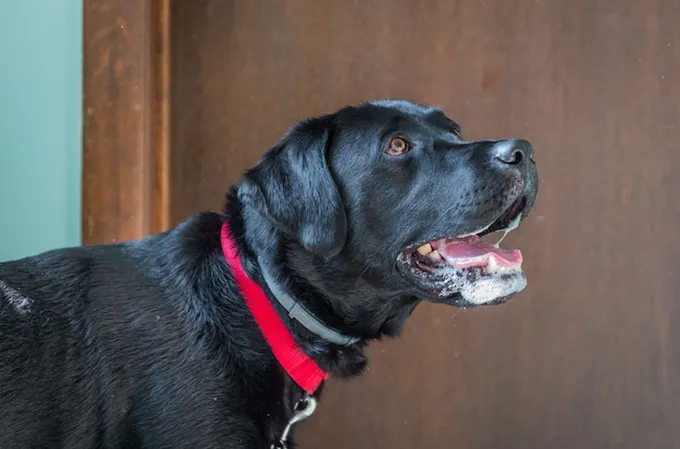Excessive production of saliva in dogs happens when the salivary glands create more saliva than a dog can swallow. The condition can be a sign of rabies.
Additionally, a lot of cases are caused by another underlying condition.
Technically, the condition is also known as ptyalism.
All dogs can suffer from the problem. But certain breeds including Australian Cattle Dogs, Irish Wolfhounds, and Newfoundlands are more prone to developing it.
If you see the signs of excessive production of saliva in your dog, then get to a veterinarian for a proper diagnosis and treatment.
Here’s what you should know about the symptoms, causes, and treatments for the condition.
Symptoms of Excessive Production of Saliva in Dogs
The condition produces a range of symptoms. For instance, some of the most common symptoms include:
- Drooling too much
- Problems eating
- Vomiting
- Inflammation around the mouth
- Foam in the drool
- Acting aggressive
- Acting irritable
Causes of Excessive Production of Saliva in Dogs

The cause of the condition can be one of a large number of things. For example, some of the most common causes include:
- Gingivitis
- Abscess
- Kidney problems
- Burns (including from electric cords)
- Tumors
- Mouth injury
- Poisoning
- Issues with the tonsils
- Allergic reactions
- Viral infections
- Immune system problems
Additionally, certain breeds are more prone to developing the condition. Some of those breeds include:
- St. Bernard
- Mastiff
- Irish Wolfhound
- Maltese
- Great Dane
- Newfoundland
- German Shepherd
- Australian Cattle Dog
- Irish Setter
- Yorkshire Terrier
Treatments for Excessive Production of Saliva in Dogs
Firstly, your vet will want to make sure your dog does not have rabies. Make sure your dog is up to date with their vaccinations.
Secondly, your vet will ask about any circumstances where your dog could have been exposed to poisons.
Thirdly, a full physical examination will be carried out. Special attention will be paid to the mouth area. Sometimes, X-rays and ultrasounds will be used.
Generally, treatment involves curing the underlying condition. Your vet will advise you on the best steps for your dog’s specific treatment.
Additionally, dietary supplements will likely be recommended. This is especially so if your dog has had trouble eating.
While recovering at home it is important to provide your dog with a quiet and calm environment. Also, keep up regular visits with your vet to monitor their recovery.
Have you ever cared for a dog who suffered from this condition? How did your vet help your dog recover? Let us know in the comments section below.









